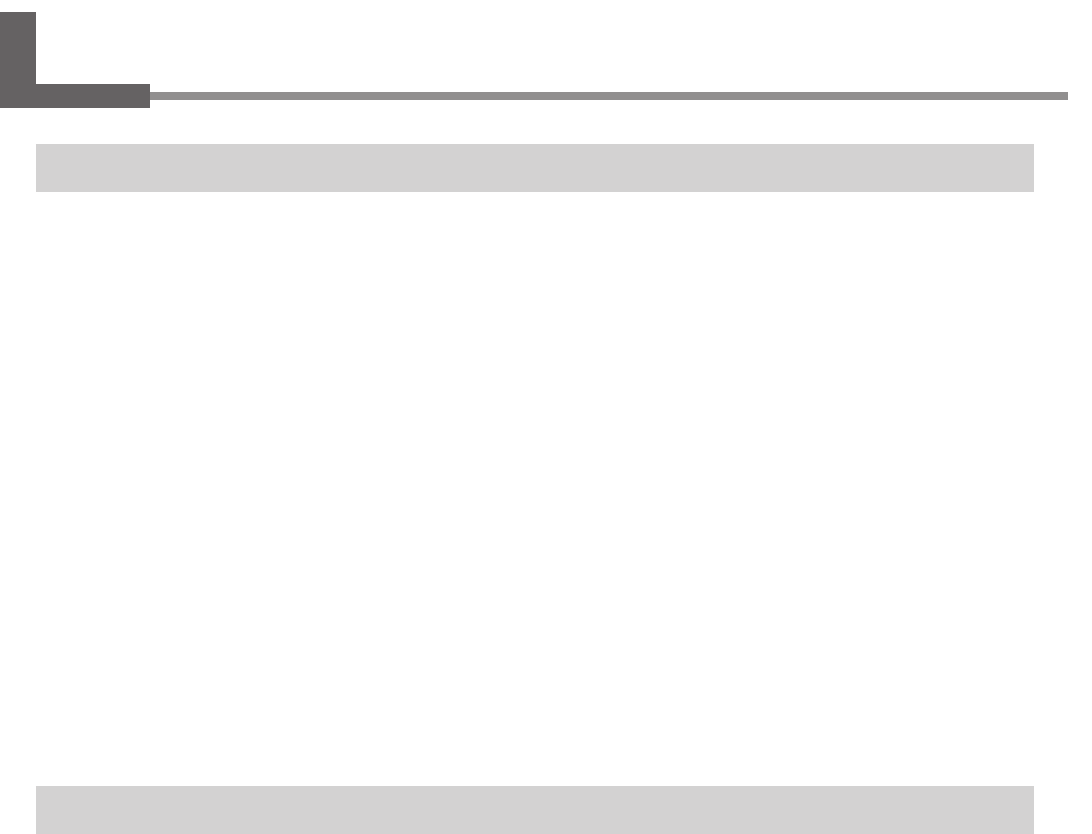
72
Chapter 5 - The Teaching Feature
5-1. Overview of the Teaching Feature
What Is the Teaching Feature?
This feature lets you teach operation instructions directly to the machine without using a computer. You use the operation
panel to enter the operation instructions. Each operation instruction that you enter is called a "command," and a collected
set of commands is called a "sequence." You can save created sequences in the built-in memory or on a memory card.
Once you have made a sequence, you can make the machine move in the specified way whenever you like.
The teaching feature lets you do things like those described below.
Basic Operations Possible with Commands
• Linear movement to specified coordinates (simultaneous three-axis movement is possible)
• Arc movement
• Starting and stopping spindle rotation
• External-equipment control using the expansion connector 2 (input-port monitoring and output-port control)
Positioning Functions
• Registering an optional origin and calling it up in a sequence
• Setting an I level and an R level
Functions for Creating Sequences
• Specifying labels
• Executing conditional branches in programs using jump commands
• Subroutine execution through call commands
Important Notes When Using the Nose Unit
When you use the teaching feature to operate the machine, the [AUTO Z CONTROL] function is disabled. Please note
that the cutting-in depth and the amount of cut-out are not set automatically even when you use a nose unit or perform
scribing using a diamond scraper. The cutting-in depth and the amount of cut-out must be specified entirely within a
sequence.


















